Product packaging serves a vital role beyond its basic function of protecting and preserving food and beverages. It acts as a powerful strategic asset, capable of shaping consumer perceptions and reinforcing brand identity. The materials chosen for packaging are fundamental. It will influence the freshness and safety of the products and also the brand’s market position and commitment to environmental sustainability. This article delves into the crucial factors to consider when selecting optimal materials for your food and beverage packaging. Ensuring they align with both consumer expectations and sustainability goals.
Section 1 Selecting Optimal Packaging Materials for Food and Beverage
When choosing packaging materials, businesses must consider several factors to ensure they select the most appropriate options for their products.
1.1 Protection and Durability
When selecting packaging materials, it’s crucial to assess their ability to withstand various challenges that could compromise the quality of food and beverages. This includes protection against moisture, significant temperature fluctuations, and the physical impacts that often occur during shipping and handling. For food items, the use of advanced solutions such as airtight containers or modified atmosphere packaging is key. These technologies help extend the shelf life and preserve the freshness and integrity of the contents by controlling the atmosphere inside the packaging.
For beverages, the choice of material must offer robust protection to maintain the product’s quality from production to consumption. PET is known for their strength, clarity, and chemical resistance. It’s a popular choice for many beverage manufacturers. Glass is another excellent option, providing superior barrier properties against air and moisture. Which is particularly beneficial for preserving the taste and quality of products like craft beers and premium juices. Both materials ensure that the beverages are shielded effectively from external conditions that might otherwise degrade their quality.
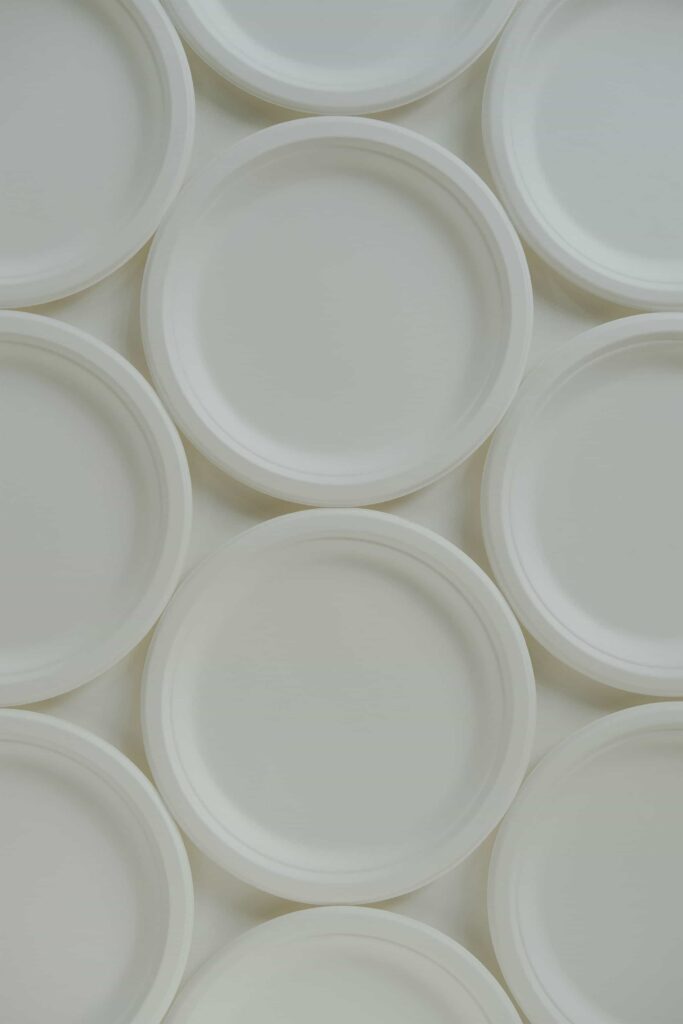
1.2 Visual Impact and Branding
The visual appeal of packaging plays a critical role in branding and marketing, serving as a silent ambassador for your brand. It is important to select materials that perform functionally and captivate and engage consumers through their aesthetic qualities. The design and appearance of packaging can make a strong first impression and influence purchasing decisions.
Innovative packaging designs, such as clear stand-up pouches, allow consumers to view the product directly. Which enhances transparency and trust. These pouches can be designed with vibrant, eye-catching graphics. And they are versatile enough to be used for various products, from snacks to drinks.
Custom-shaped containers are another effective way to stand out in a crowded market. These unique shapes can be tailored to reflect the brand’s identity and values. Whether sleek and modern lines for a high-end beverage or playful and irregular shapes for children’s snacks. Such distinctive packaging can resonate more deeply with target demographics by aligning the product presentation with consumer expectations and lifestyle preferences.
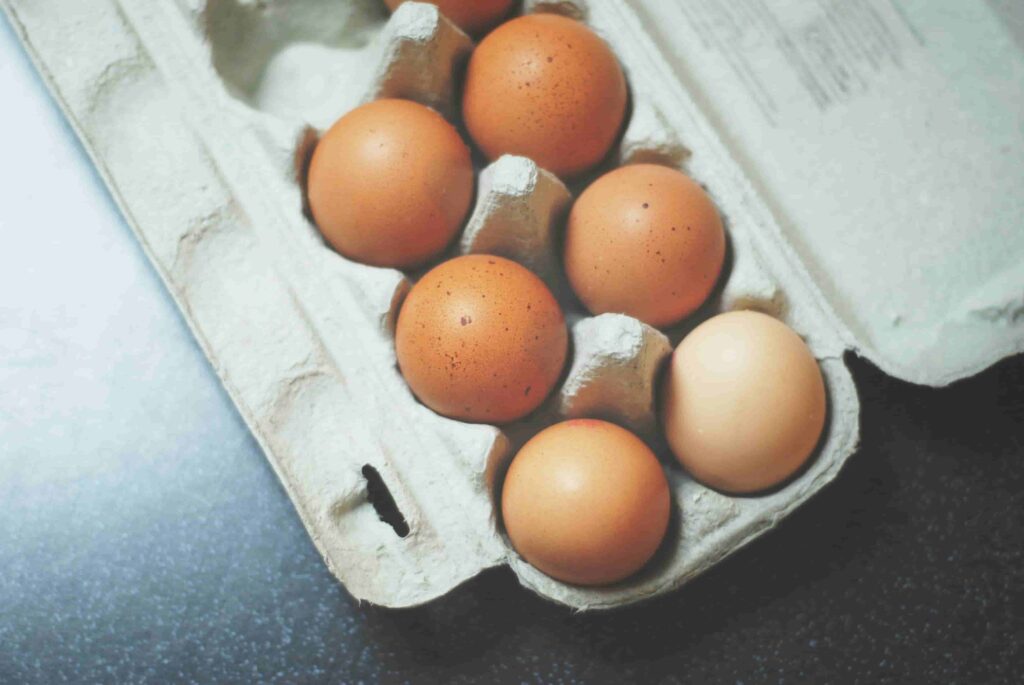
1.3 Sustainability Concerns
Today’s market values sustainability, making the environmental impact of packaging a key factor for brands. Choosing eco-friendly materials is crucial for demonstrating a commitment to environmental responsibility.
Recycled plastics are effective in reducing both virgin material use and plastic waste. They can be reprocessed and reused in products like beverage bottles and food containers, promoting a circular economy.
Plant-based composites, made from renewable resources such as corn, sugarcane, or bamboo, offer a sustainable alternative. These materials break down more easily than traditional plastics and typically have a lower production carbon footprint. They are increasingly favored by brands looking to meet both consumer demand and environmental regulations.
Traditional materials like glass and metal are also vital in sustainable packaging. Both can be recycled indefinitely, maintaining their quality and integrity. Glass is prized for its non-reactive nature and premium look, while aluminum is lightweight, strong, and highly recyclable.
By adopting these sustainable packaging solutions, brands not only reduce their environmental impact but also strengthen their appeal to eco-conscious consumers, reinforcing their position as sustainability leaders in the food and beverage sector.
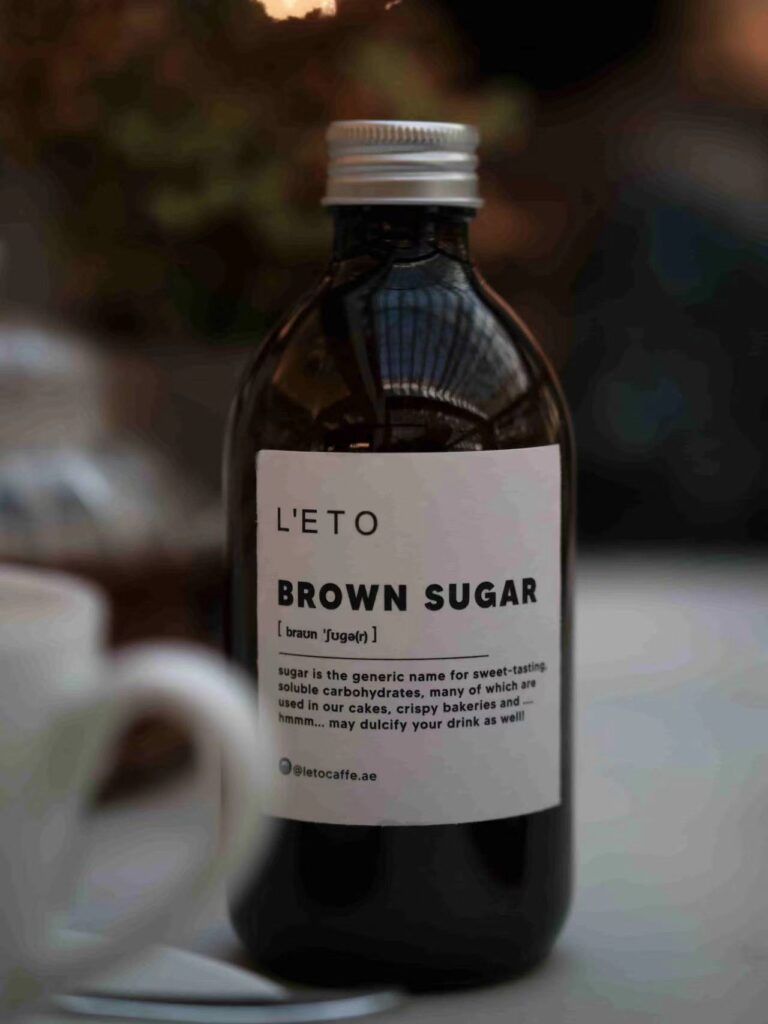
1.4 Balancing Functionality and Sustainability
It’s essential to balance sustainability with the core function of packaging: protection. Eco-friendly designs must not compromise the safety and quality of the product. Companies face the challenge of minimizing environmental impact while maintaining packaging integrity.
Reducing material use is key. Thinner, durable designs help cut down on raw materials and waste. For example, thin-wall containers use less material but still protect the contents effectively.
Lightweight packaging is also crucial. Options like recyclable composites are both light and strong. They ensure product safety during transport and reduce emissions by lowering shipping weight.
Incorporating recyclable materials is important too. These allow used packaging to be reprocessed, supporting a circular economy.
By adopting these strategies, companies can ensure their packaging is both functional and sustainable. This balance is vital for protecting products and the planet.
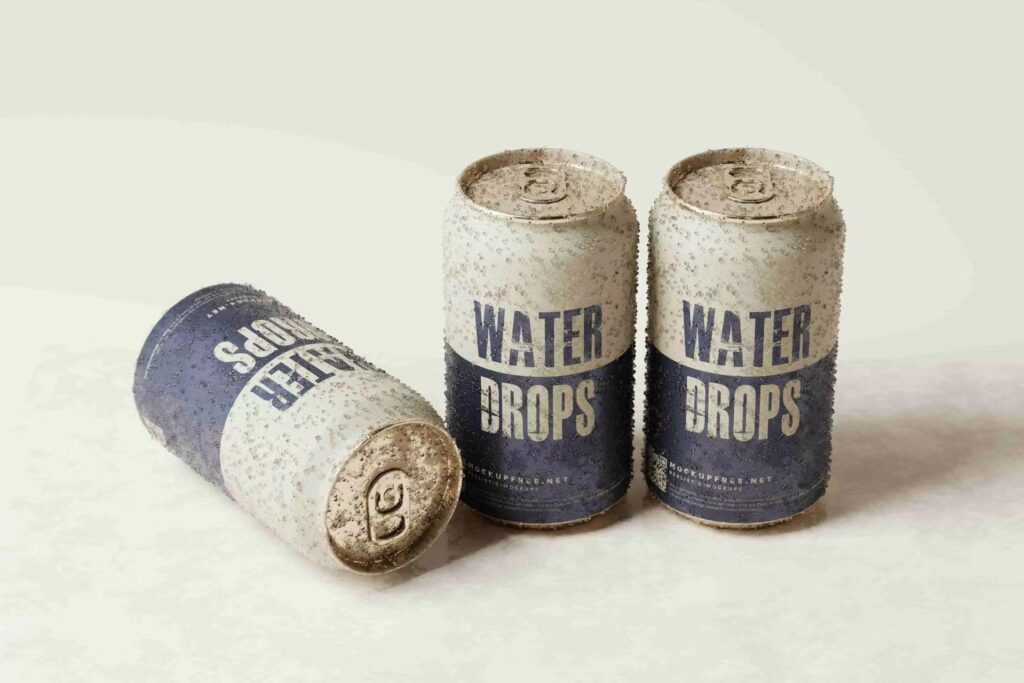
1.5 Alignment with Brand Values
Selecting packaging materials that align with your brand’s ethos is crucial for resonating with your target market. The packaging is not just a container but a key element of your brand’s identity and message. It should mirror the values your brand upholds and cater to the preferences of your consumers.
For brands that promote natural and organic products, choosing packaging materials that reflect these qualities enhances credibility. Options like biodegradable or recycled materials underscore a commitment to sustainability, appealing to environmentally conscious consumers.
On the other hand, brands positioned at the premium end of the market might opt for sleek, minimalist packaging designs. These not only convey a sense of luxury but also focus on clean and modern aesthetics, appealing to upscale consumers.
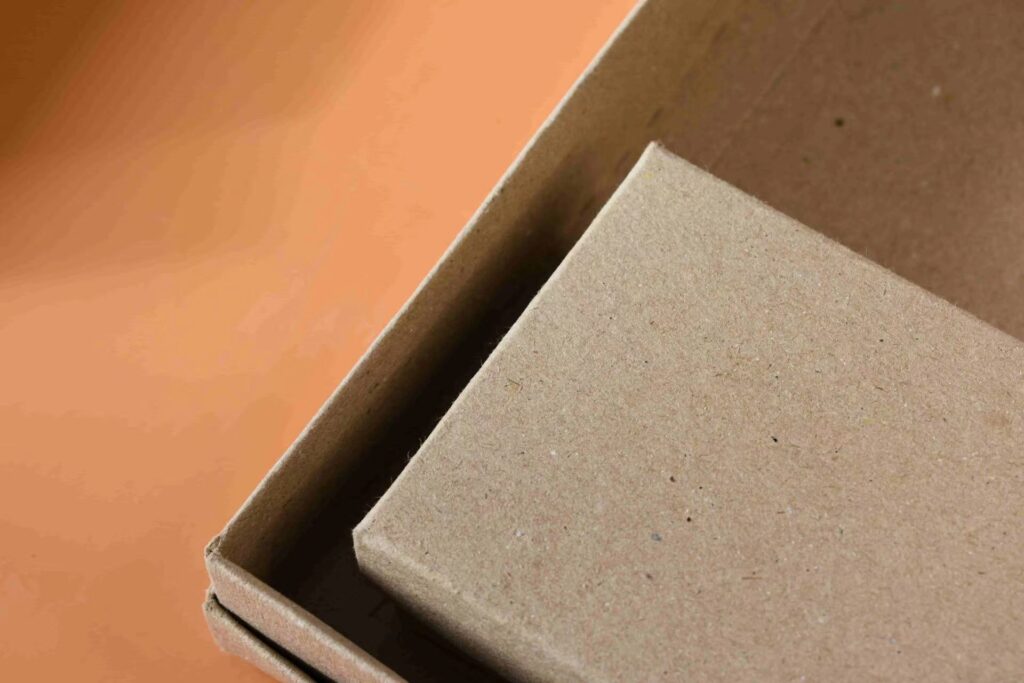
Moreover, incorporating elements that reflect cultural relevance or technological innovation can also enhance brand appeal. For example, using smart packaging technologies that improve user experience, like QR codes for traceability or freshness indicator.
Ultimately, the packaging should be a reflection of what your brand stands for. By carefully selecting materials and designs that embody your brand’s core values, you can create a strong connection with your target audience and differentiate your products in a competitive market.
Section 2 Top 5 Packaging Materials for Food and Beverages
Here are five excellent materials that meet various criteria for food and beverage packaging:
○ Plant-Based Plastics: Plant-based plastics are gaining traction as a sustainable alternative to conventional plastics. These are derived from renewable sources such as corn starch or sugarcane, offering a reduced carbon footprint and often being biodegradable or compostable.
○ Molded Fiber: Molded fibers, made from recycled paper or agricultural byproducts, provide sturdy and compostable solutions for food packaging. They are particularly popular for items like egg cartons and produce trays, reducing plastic use and enhancing biodegradability.
○ Glass: Glass remains a premium choice for its purity, recyclability, and ability to preserve flavor and protect contents from UV light. It’s particularly favored in the beverage industry for products like wine and craft beer and food items like preserves and spices.
○ Recycled Paperboard: Recycled paperboard is a versatile and eco-friendly choice, ideal for dry goods like cereals and snacks. It offers excellent opportunities for branding with high-quality printing and customization options.
○ Aluminum: Aluminum is prized for its complete recyclability and protection against air, light, and moisture. It’s commonly used for canned beverages and vacuum-sealed pouches for food, providing durability and freshness.
Section 3 Crafting a Winning Strategy with Your Packaging
In conclusion, selecting the right packaging materials is not just about functionality. It’s about making a strategic choice that enhances your brand’s identity, aligns with environmental values, and meets consumer expectations. At Smilebottles, we understand the importance of this decision, particularly how our glass packaging solutions can elevate your product’s appeal. Glass is not only timeless and elegant but also highly recyclable, making it a perfect choice for brands looking to combine aesthetic appeal with environmental responsibility. By choosing Smilebottles for your packaging needs, you leverage both the quality and sustainability that today’s discerning consumers demand, ensuring your products not only stand out on the shelf but also align with broader sustainability goals. Let our glass packaging be the clear choice for showcasing the integrity and values of your brand.










